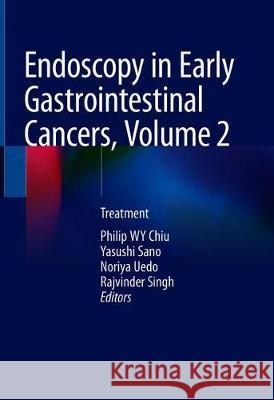Endoscopy in Early Gastrointestinal Cancers, Volume 2: Treatment » książka
topmenu
Endoscopy in Early Gastrointestinal Cancers, Volume 2: Treatment
ISBN-13: 9789811067778 / Angielski / Twarda / 2020 / 156 str.
Kategorie BISAC:
Wydawca:
Springer
Język:
Angielski
ISBN-13:
9789811067778
Rok wydania:
2020
Wydanie:
2021
Ilość stron:
156
Waga:
0.45 kg
Wymiary:
25.7 x 18.47 x 1.22
Oprawa:
Twarda
Wolumenów:
01
Dodatkowe informacje:
Wydanie ilustrowane











